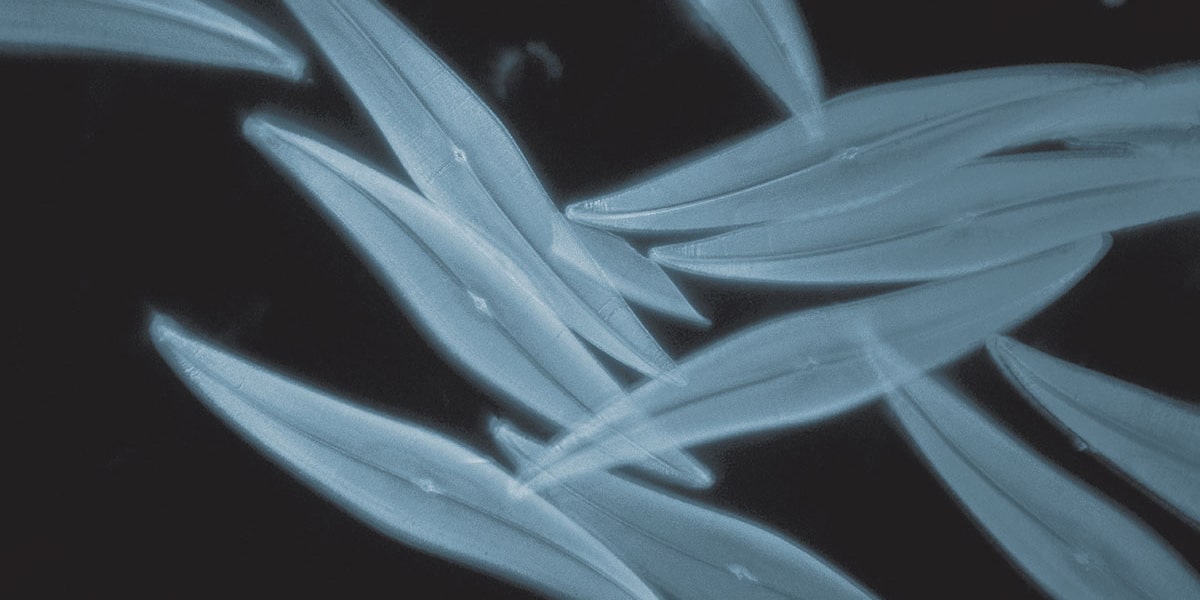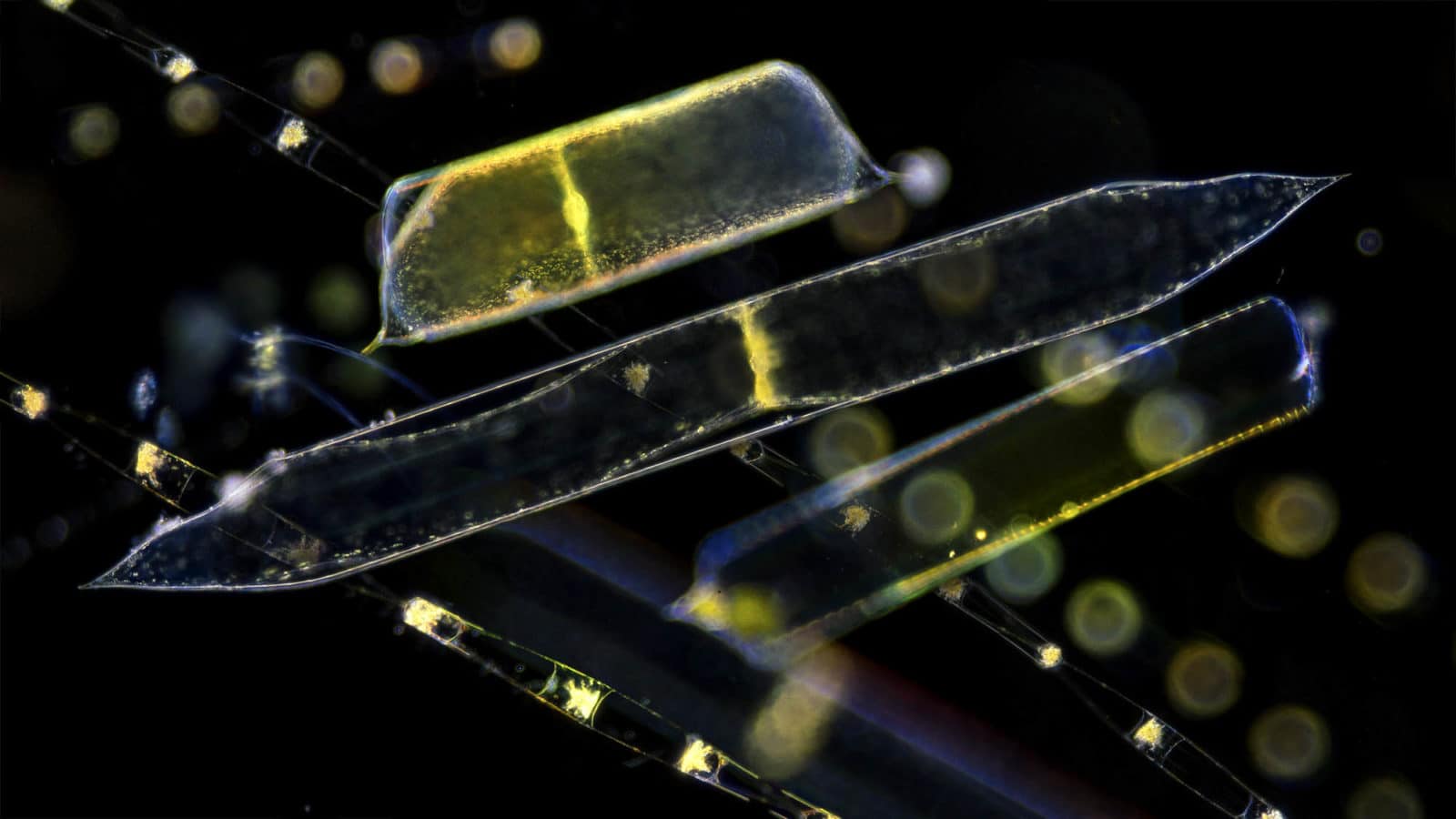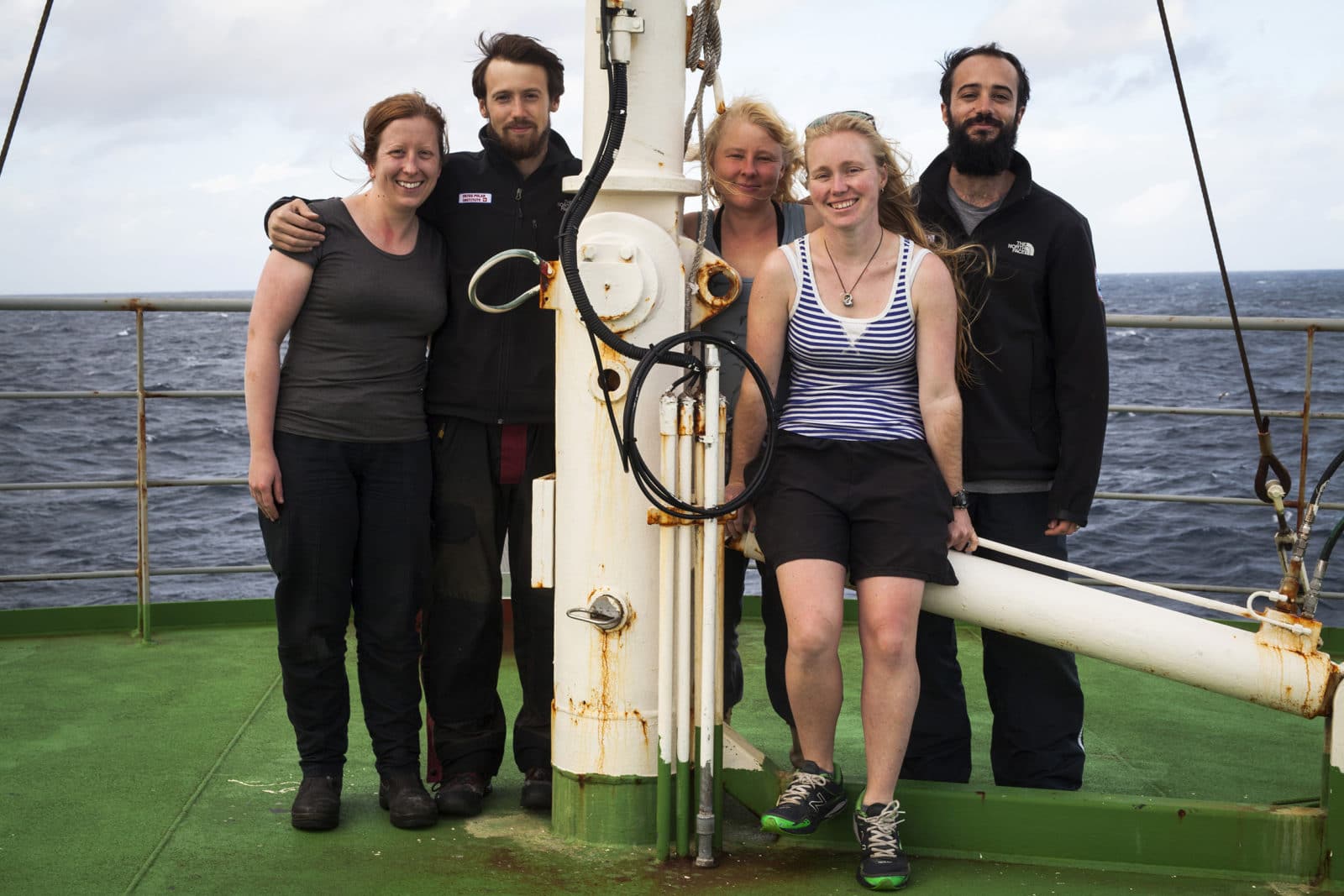


Brief description and intermediate results

Crucial to synoptically monitoring phytoplankton biomass – the first link of the foodweb – over the Southern Ocean (SO) and understanding their temporal changes is our ability to obtain unbiased measurements from satellite ocean colour radiometry (OCR). This is generally achieved though the estimate of a biomass proxy: the chlorophyll concentration [Chl].
Over much of the global ocean, these estimates are reliable and decadal studies can be carried out to examine, for instance, shifts in phytoplankton abundance and how they relate to environmental changes. However, large errors in the estimate of [Chl] from remote sensing occur in the SO because of a lack of observations and the consequent gap in our knowledge of the light-matter interaction.

To remedy this situation, our project collected a dataset of radiometric, optical and biogeochemical variables of unprecedented size and consistency for the Southern Ocean. Once all samples and data collected have been analysed by project members on land, our unique data set in combination with historical and other contemporaneous data sets will allow us to describe regionally-specific bio-optical relationships, and to identify the origin of the biases in current satellite OCR observations. The data collected during the ACE expedition will all the development of new algorithms for robust studies of seasonal to decadal changes of phytoplankton abundance and species composition in the SO using satellite observations.

Remote Sensing & Satellite Research Group (RSSRG)
Curtin University, Perth, Australia
A bio-optical approach to understanding long term changes in phytoplankton abundance and composition in the Southern Ocean and their impact on the biological productivity
- CSIR / UCT, Cape Town (South Africa)
- NASA GSFC, Greenbelt (USA)
- University of Tasmania, Hobart (Australia)
- CSIRO O&A, Perth (Australia)
- University of Maine, Orono (USA)
- CNRS-LOG, Wimereux (France)
- CNRS-LOV, Villefranche sur mer (France)
- University of Sherbrooke (Canada)
- CNRS-LOCEAN, UPMC, Paris (France)
- Bigelow lab for ocean sciences (USA)